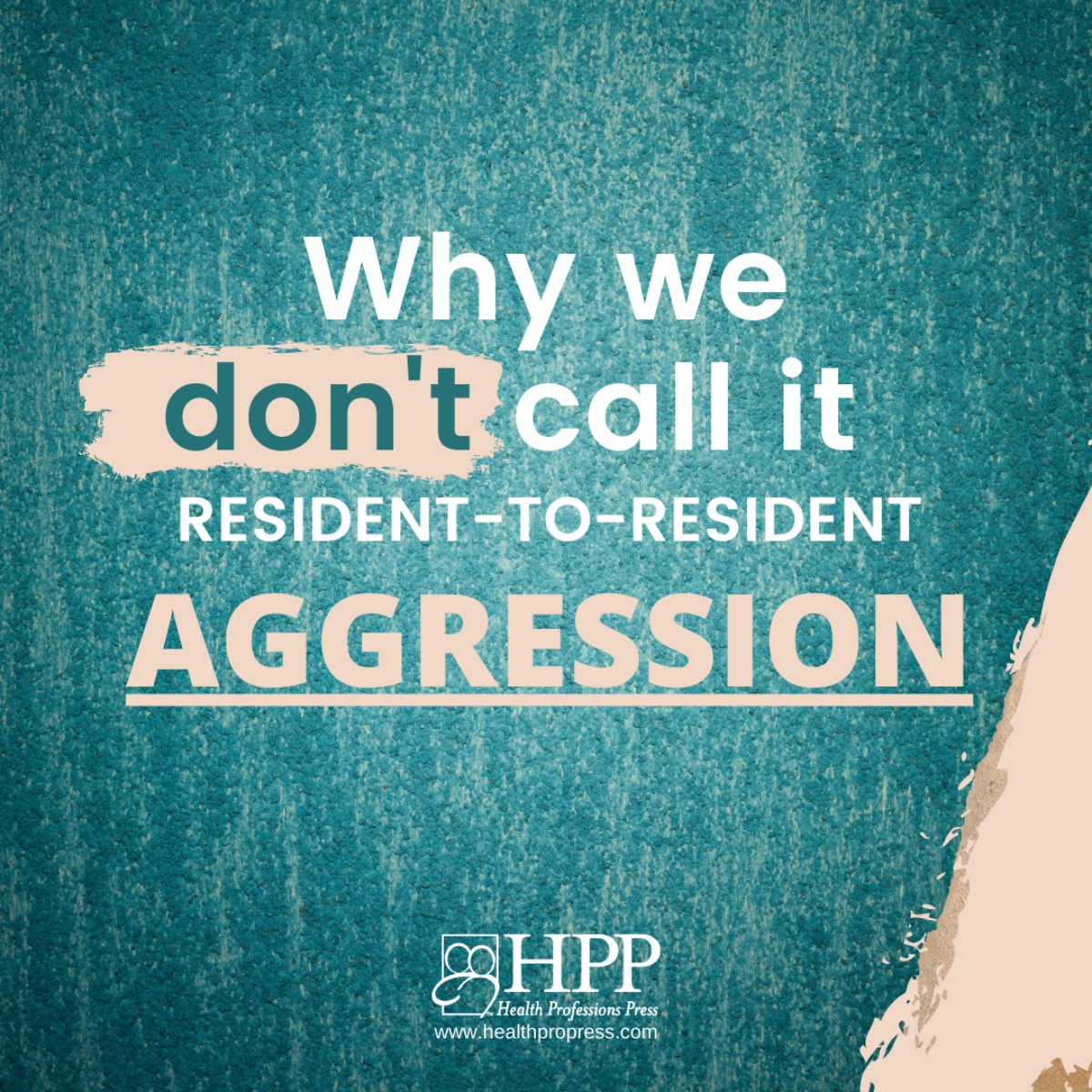
Why We Don’t Call it Resident-to-Resident “Aggression”
Words matter, a lot. Words used to describe elders living with dementia reflect and shape the ways in which they are perceived by direct care partners, which profoundly influences the ways in which they are approached, cared for, and treated.
Imagine that you and I are elders with dementia living in a care home. I invade your personal space ten times over a period of 15 minutes. At first you respond politely by asking me to leave the area, but the invasions continue and gradually you lose your patience and become very angry. Direct care partners are not in the area to de-escalate the situation. Eventually, you reach a breaking point and push me strongly to the floor. Would it be accurate or fair to describe you as “aggressive”? Is defending one’s personal space after reaching a “breaking point” really a “behavior”? Is there a real need for the nurse or physician to give you an antipsychotic medication?
When we describe elders living with dementia or their behavioral expressions as “aggressive,” combative,” “violent,” or “abusive,” or refer to them as “perpetrators,” we are labeling, stigmatizing, and harming these individuals. These commonly used terms assume that elders with serious brain diseases are inherently aggressive, which could not be further from the truth with most individuals. Such labeling mistakenly assumes that the majority of these people intend to mistreat, psychologically harm, injure, or kill their fellow residents—a common misconception. Besides the effect this type of language has on the care and treatment of elders, it is also not supported by a growing body of research studies on this phenomenon in the U.S. and abroad.
Even the term “behaviors” can be problematic, as it implies a negative judgment against the person who is living and coping with a serious brain disease. When was the last time you heard the term “behaviors” used in a positive context? Instead, use the terms “behavioral expressions” and “distressing and harmful resident-to-resident interactions.” Language used to describe this population is evolving and more person-directed care terms will likely be identified in the future.
The hard truth is that many injurious and deadly episodes are a direct result of neglect of care by the LTC home and/or its employees, managers, and owners. Often, the stigma created by the use of these terms leads to a slippery slope toward an inappropriate and excessive use of largely harmful antipsychotic drugs (the use of these drugs in elders with dementia has been shown to substantially increase their risk of experiencing stroke and death). Once the person with dementia is significantly sedated, the ability of direct care partners to identify and fulfill her or his unmet human needs is reduced substantially; meanwhile, side effects of these medications can introduce new problems, such as physical suffering and falls.
Behavioral expressions should largely be viewed as understandable human expressions by people with serious brain disease—reactions to care needs that are not met, interpersonal stressors, and situational frustrations that are not addressed skillfully and in time. In fact, these expressions can be perceived as among the most effective ways for elders living with dementia to telegraph that something is upsetting them, when their ability to express it in words fails them. These expressions are precious assets for prevention and as sensitive barometers of the quality of care and approaches used in your care home.
Excerpted from Understanding and Preventing Harmful Interactions Between Residents with Dementia by Eilon Caspi, Ph.D. Copyright © September 2021 by Health Professions Press, Inc. All rights reserved.
Read the book!
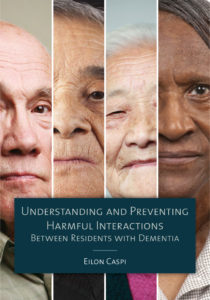 Understanding and Preventing Harmful Interactions Between Residents with Dementia
Understanding and Preventing Harmful Interactions Between Residents with Dementia
By Eilon Caspi, Ph.D.
Copyright © September 2021 by Health Professions Press, Inc. All rights reserved.
Emphasizing compassionate, person-directed care practices, author Eilon Caspi describes numerous psychosocial strategies to use to prevent and de-escalate situations prior to, during, and after harmful resident-to-resident interactions. Included are dozens of real-life examples illustrating what does and does not work in managing these episodes.

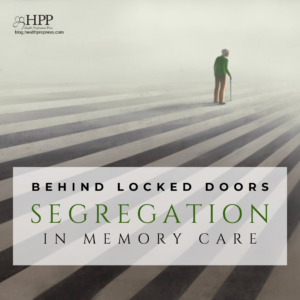
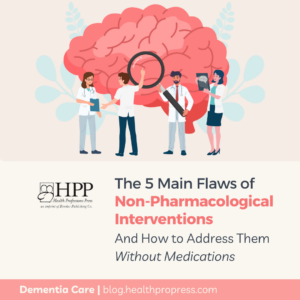

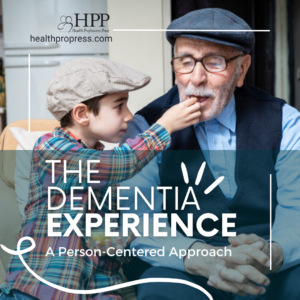
Add comment